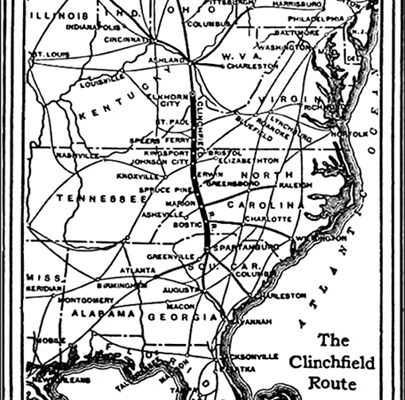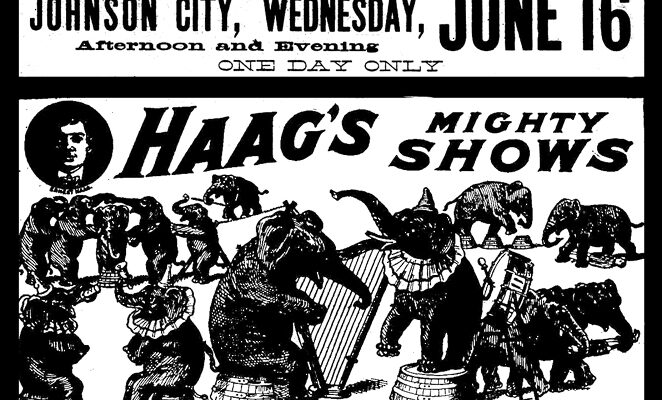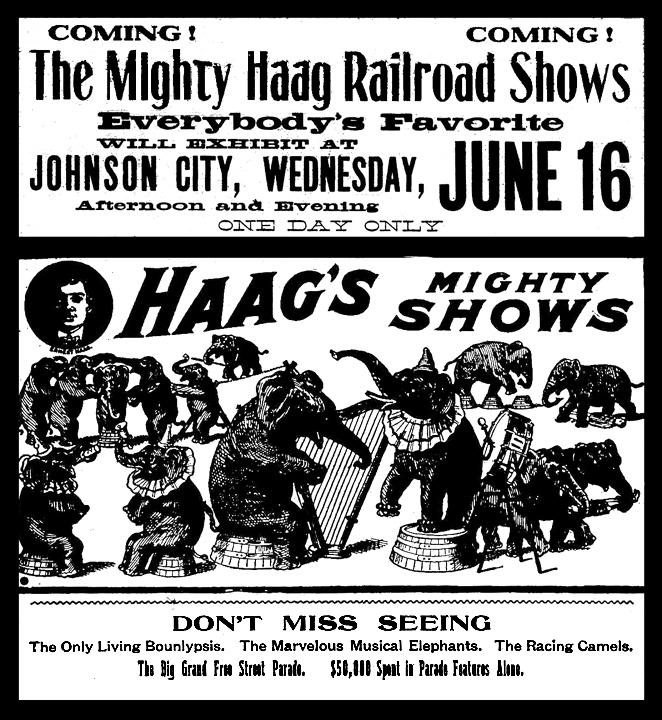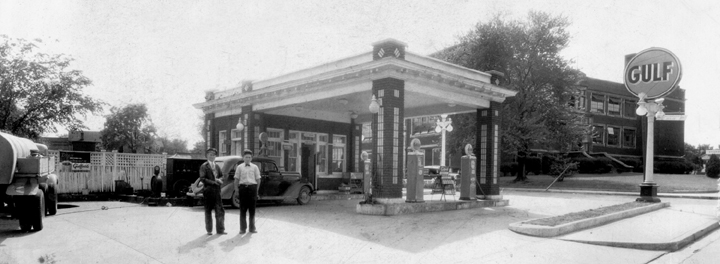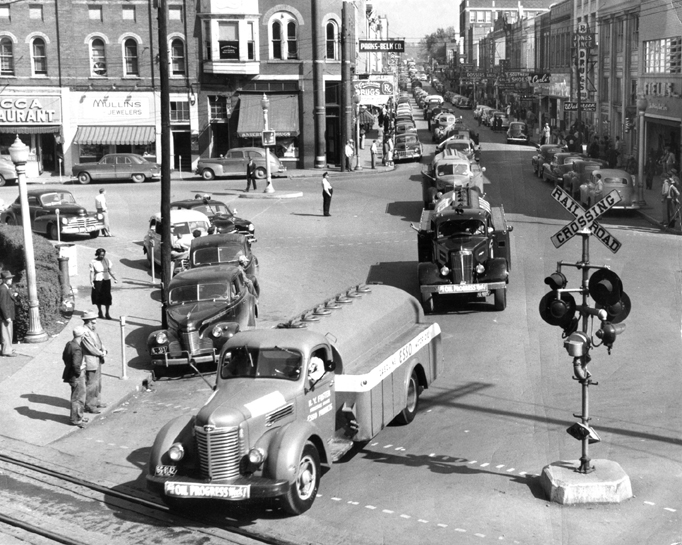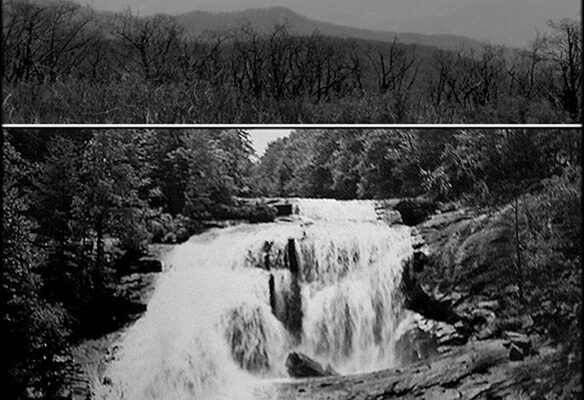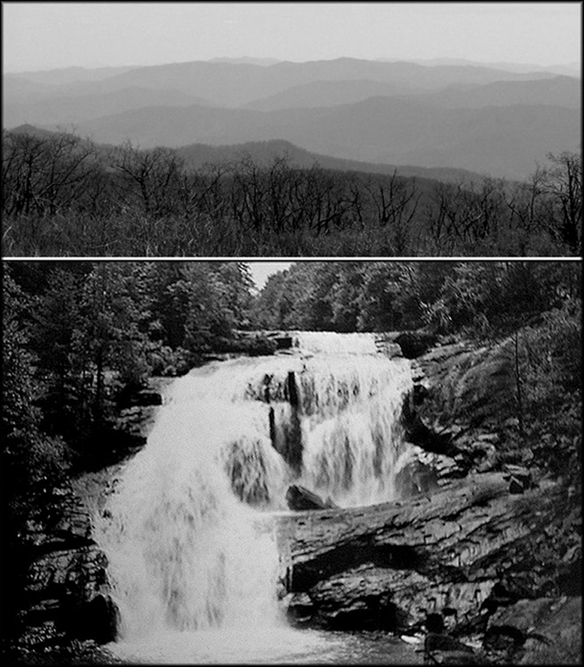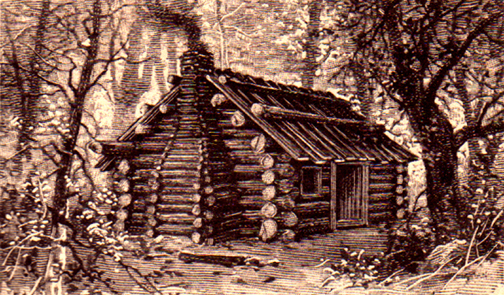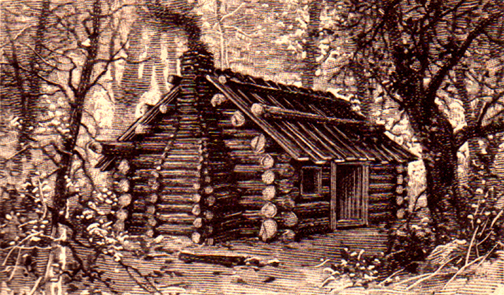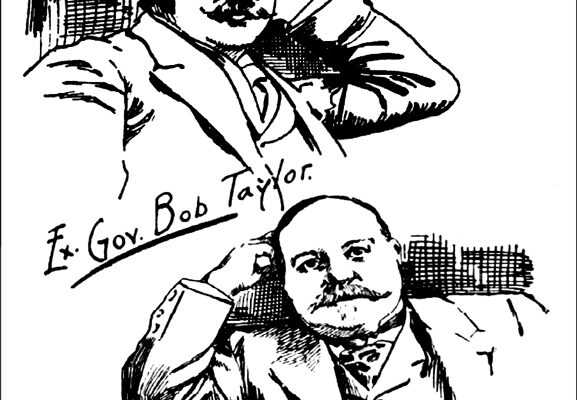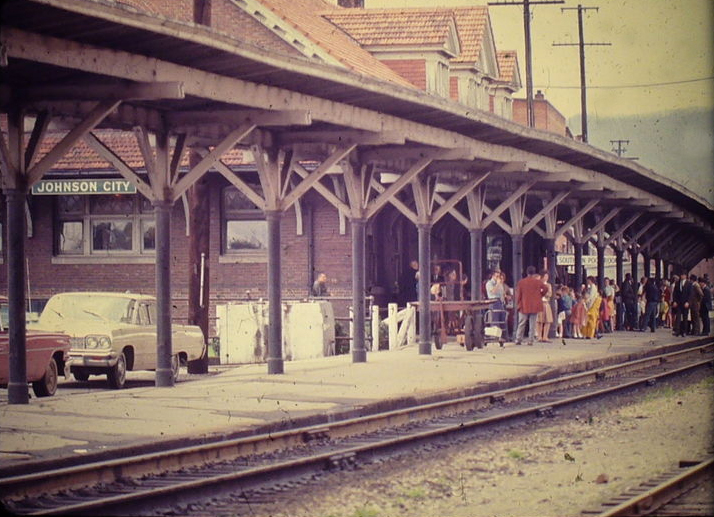On October 29, 1909, the Carolina, Clinchfield & Ohio (CC&O) Railway completed track from Dante, Virginia to Spartanburg, SC. Festive celebrations were observed in both Johnson City and Spartanburg that year. I wrote a column about it in September 2011.
The Johnson City one took place at Hotel Carnegie on E. Fairview with the presidents of Johnson City's three railroads attending. Congressman Walter P. Brownlow served as master of ceremonies with speeches, toasts, a banquet meal and the smoking of fine cigars by the men.
In Spartanburg, thousands of people attended the event with over 1,500 persons treated to a barbecue celebrating the first train to arrive in the city on the CC&O Railway.
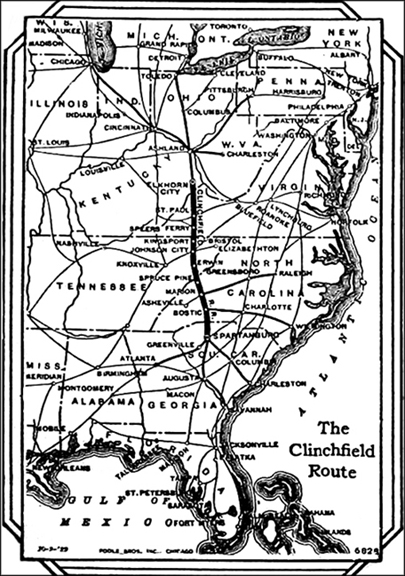
A July 20, 1910 advertisement in the Spartanburg Herald urged folks to make reservations early for a second train excursion to Johnson City, with several additional stops. The date chosen for the trip was July 26-28. The round trip cost, which included nine meals in the diners and berths on the Pullman tourist cars, was only $17 for adults and $10 for children. The ad further urged interested parties to make early reservations.
On the day of departure, a large crowd of Spartanburg residents was on hand to see the train depart. It left Spartanburg at 8:30 a.m. pulling 12 Pullman coaches and four dining cars. Provisions were made to carry nearly 400 people with each car having a double berth. The vehicle carried streamers with the words, “Spartanburg Chamber of Commerce,” printed on them and featured the most modern equipment and fixtures available.
For convenience, the Pullmans were placed in the Spartanburg yards on the evening of the 25thfor early boarding of passengers. Breakfast was conveniently served in the dining cars on the morning of the 26th. The railroad’s assistant to the general manager, the traveling passenger agent and the division passenger agent went on the trip with the paid riders.
A great deal of interest was manifested in the Chamber of Commerce excursion over the CC&O and all cities and towns in the State with organized commercial bodies expressed a strong desire to participate in the great trip over the new road. This included such cities as Columbia, Greenville, Laurens, Newberry, Charleston, Anderson and other places. Columbia made reservations for 100 persons and other cities had sizable delegations.
The much-anticipated journey was finally underway. The first stop was Ridge, NC and a view taken of Mt. Mitchell, Table Rock, Hawk's Bill and other well-known peaks in the vicinity.
A stopover of one hour was made at picturesque Unaka Springs near Erwin in Unicoi County, Tennessee. The evening of the 26th was pleasantly spent at Johnson City where the party was escorted to Soldiers' Home for a band concert and a “moving picture show” on the military premises.
The train left Johnson City at 1:11 a.m. on the 27th, heading for Spears' Ferry. From there, it made a side trip to Natural Tunnel, Virginia, after which it returned to Spears' Ferry for the night. The train then continued to Dante, Virginia, where ample time was allowed to view the mines. The party remained at Dante until midnight to allow the passengers to enjoy dancing and other entertainment.
Just after midnight, the train returned to Johnson City. At 10 a.m. the following morning, it departed and made a second stop at Unaka Springs. At Alt Pass, North Carolina, the train paused for three hours, allowing passengers to engage in mountain climbing. The railroad concluded its mission in Spartanburg at 7:30 on the evening of July 28.
The scenic trip became so popular that it became an annual event for several years. I previously wrote about a special outing for 631 school children that occurred in 1915. Wouldn’t it be great to go back in time and take that trip?
